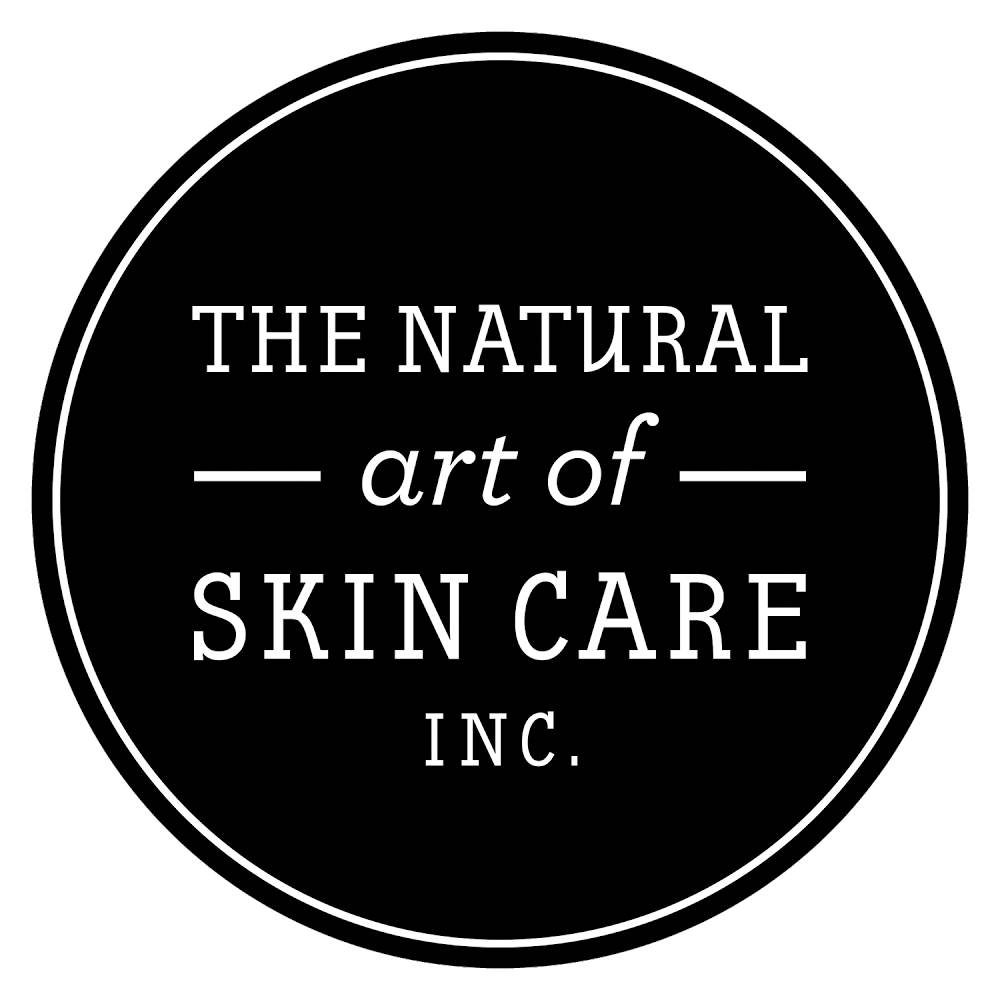Are You Getting Enough Vitamin D?
Written by Janna Hattingh, BKin, CHN - Holistic Health & Nutrition
It seems like summer time is already here, with temperatures in the high 20’s, the sun shining and flip flops and tank tops making a welcome appearance, but are you really getting enough of that “sunshine vitamin” a.k.a., Vitamin D?
A study published in the 2010 Canadian Medical Association Journal by Dr. David Hanley, M.D. at the University of Calgary associated vitamin D deficiency with nearly 100% of Canadians during some part of the year. Vitamin D deficiency has been linked to a multitude of health issues including, skin problems, sciatica, depression, Crohn’s, colorectal cancer, hearing loss, myopia (nearsightedness) and for some women, menopausal symptoms such as hot flashes.
Vitamin D is made by the body most predominantly through the sun’s UVB rays permeating our skin and after a cascade of chemical reactions in the liver and kidneys, the active form of Vitamin D (Calciferol)is produced. Vitamin D is the only vitamin that requires the entire body to participate in its formation. Any break in the chain will severely reduce its production and may lead to deficiency.Vitamin D is fat-soluble, meaning that it needs to be in the presence of fat to be properly absorbed and utilized by the body. It is stored in the liver, skin, brain and bones and helps maintain proper functioning of the nervous system, muscle and heart tissues, bone strength/development, assists in prevention/reduction of kidney stones, improves mood and increases motivation and reduces dizziness while helping to restore balance in the body.
Vitamin D, for a few of the following examples, helps regulate our body’s calcium levels, the backbone (ha-ha) of our skeletal system. Not only does it help to prevent and even improve symptoms of osteoporosis, it also helps to prevent hearing loss. What did you say? Hearing loss! Our ears have tiny bones in them which helps conduct noise vibrations and stimulate our brain to hear and interpret sound and maintain proper equilibrium. Degeneration of these bones due to vitamin D and calcium deficiency has been linked with premature hearing loss as well as balance issues.
Vitamin D’s incredibly strong influence on calcium absorption also contributes to weight loss/management.A study in 2000 from the Nutritional Institute and Knoxville, TN showed that having ideal levels of calcium in the body helps increase metabolism and burn body fat over 30% more efficiently than without.
Vitamin D helps calcium maintain all the electrical activity in our body from helping our muscles lift that extra ten pounds at the gym to tingles in our toes from sitting too long and even to those connections in our brain that helps us remember to pick up eggs on the way home. It’s vital for our nervous system to work properly.
Its impact is so large that it’s even thought of as the vitamin that most closely resembles a hormone because of its huge impact on other organs and organ systems. Vitamin D helps your body activate the release of serotonin and dopamine, neurotransmitters in your brain that combat depression and improve mood and feelings of motivation and intention.
Man, that is one powerful vitamin! So, how exactly can you improve your levels of vitamin D?
It has been suggested that adequate sun exposure for vitamin D to be made by body is 20% of skin exposed (hands and face only account for 5%)for 30 minutes a day… at sea level. Harvard University stated that vitamin D absorption is little to none, except during the summer months at locations above the 37th parallel (roughly Santa Cruz, California). So, with Calgary being 3500ft above sea level, and at the 51st parallel, what does that mean for us?
Calgary, is a feast or famine kind of city when it comes to getting enough vitamin D. In November, we would have to spend almost 3 hours in midday sun in a tank top to make the bare minimum requirements of vitamin D as opposed to spending 5-10 minutes wearing a bikini in late July (without sunscreen). I don’t know about you, but I certainly wouldn’t be one to be standing outside in a tank top in November to ward off rickets for the day.
So, how else can we get our vitamin D? Food sources of vitamin D include natural animal sources such as unpasteurized dairy products, free-range, organic eggs, butter, and rich meats especially due to the fat present and if you’re looking for vegetable sources, choose mushrooms and dark leafy greens/vegetables. Labels that say ‘Fortified with Vitamin D” are usually found in conventional milk, dairy items, some cereals, and juices to name a few; but buyer beware, these are food industry standards and most are synthetic, not natural sources of vitamin D.
Supplementation may be key in helping our body maintains balance throughout the year. Although it can be stored in our bodies for later use, a couple months of exposure in the summer will not stockpile enough to carry us through the winter. Look for emulsified or oil-based vitamin D rather than pill form for higher absorption, but if you’re more in the habit of taking pills/tablets look for ones that have 1000IU’s/pill or tablet. Vegetarians and vegans are a higher risk population for vitamin D deficiency because the kind of vitamin D found in vegetables is not the same active form as those found in animals, therefore supplementation is highly recommended and there are vegan/vegetarian options available.
If you would like to learn more about vitamin D or to find out if you are showing signs of deficiency and how to improve your overall health and wellbeing, book a consultation today. Your journey awaits you.
Health, Joy & Gratitude,
Janna Hattingh, BKin, CHN
Holistic Health & Nutrition
